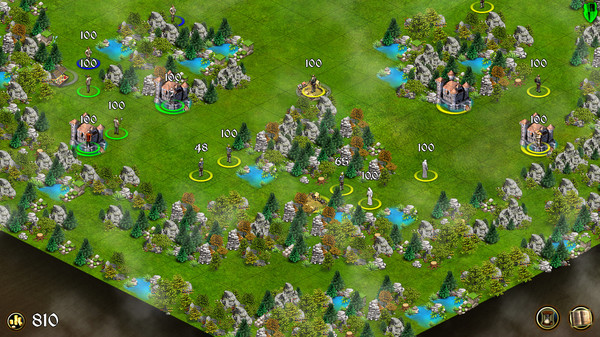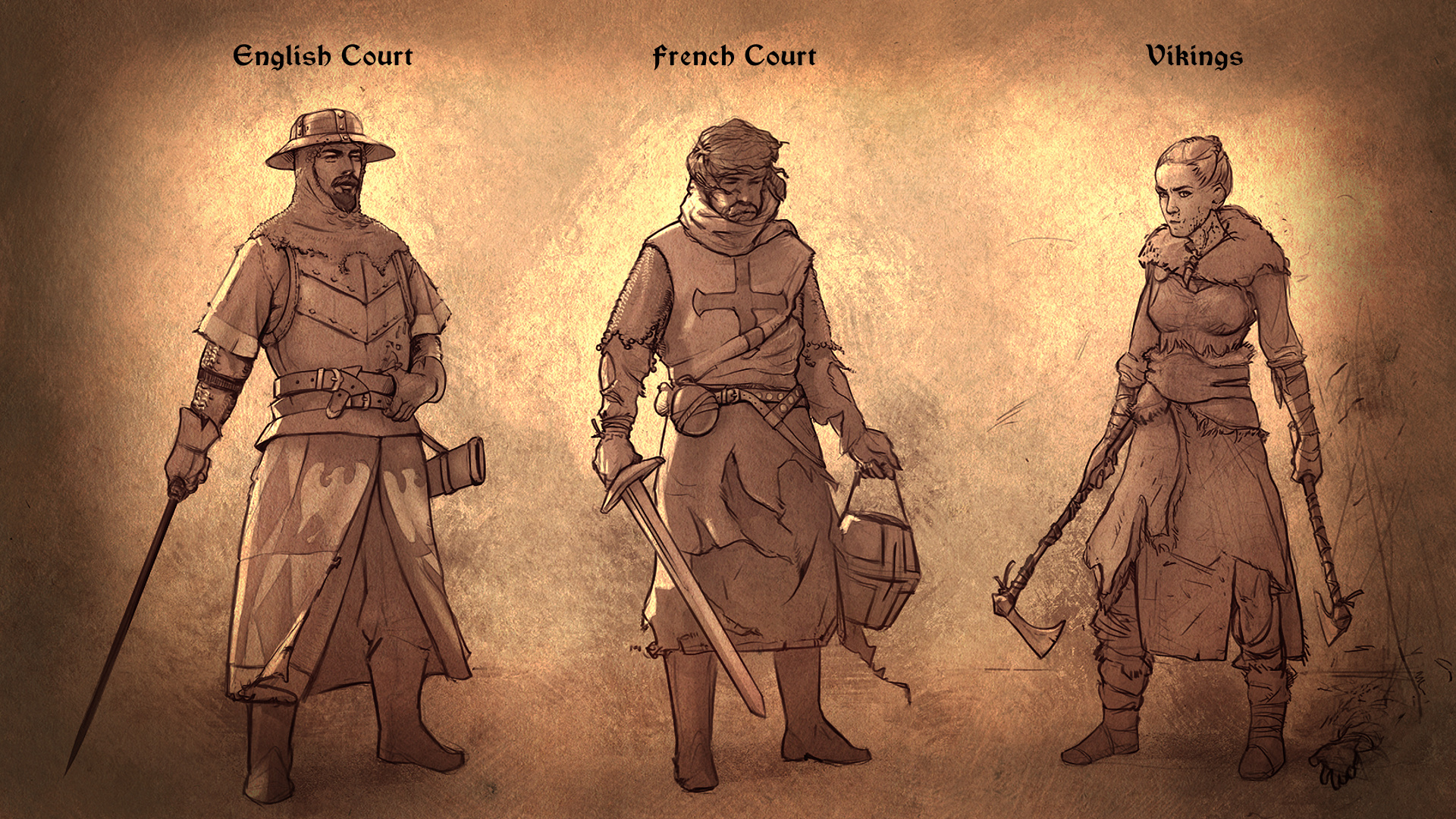

2 This assumption has been bolstered by the relatively few texts which mention the topic, such as Monstrelet’s account of the battle of Agincourt (1415). Historians have assumed that bodies were gathered up, stripped of their armour (as illustrated in the Bayeux Tapestry), 1 and buried in mass graves on or close to the battle site (as illustrated in a Swiss chronicle of the 1480s describing the battle of Morat in 1476). Intriguingly, there is one element in a medieval battle which is rarely mentioned in contemporary accounts – what happened to the dead of both sides. The description and explanation of events was caught up with the desire to ascribe blame or to allocate praise for valiant deeds. Many of the chronicle accounts, whether written by eyewitnesses or second hand, were politicised. We have to admit, however, that battles of this period are difficult to study. Medieval battles have always fascinated historians as well as the general public. One must also consider how often we will need to look further afield for the dead, for it is unclear how often the desire for appropriate Christian burial meant some or even most were interred in, or later moved to, consecrated ground. Using this evidence one must debate the number who actually died, how they were interred and commemorated and whether this varied according to status or allegiance, and where on the battlefield the graves might lie. While this paper does consider the existing archaeological record, its primary focus and the starting point for almost any search for mass graves on a battlefield, has to be the documentary record. But this important resource should be explored and conserved for, as Towton has shown, much can be learnt through modern excavation and analysis of the remains. Despite a few successes, no combination of prospecting techniques yet provides a consistently effective method of locating such small archaeological features set almost anywhere within a site covering many square kilometres. The principal reason is that these, and indeed even early modern battlefield graves, have proven extremely elusive, most being identified by chance. Only a handful of mass graves from late medieval battles in Western Europe have been subject to large scale excavation to modern standards. It was therefore decided to publish the present paper largely unchanged from that first delivered in 2013 rather than provide a partial update. Thus the subject is moving on significantly. Also, the present authors are currently completing a British Academy funded assessment of the documentary, landscape and archaeological evidence for all the battlefields of the Wars of the Roses. In addition PhD research by Sarah Taylor at the University of Huddersfield is currently comparing the practice of burial and commemoration of late medieval and early modern battlefields in England. Since 2013 several papers have been presented, especially that by Holst and Sutherland in 2014 which carries the subject further forward, particularly with regard to Towton battlefield, and other work such as that by Masters which has pinpointed the previously reported mass grave at East Stoke. Cécile Treffort (Presses Universitaires du Midi, Tulouse, 2015), pp.


Articles Where are the dead of medieval battles? A preliminary surveyĪ shorter version of this paper in French, as delivered at a conference in Flaran in October 2013 was published as ‘La bataille au Moyen Âge: où sont les morts?’, in Le cimitière au village dans l’Europe médiévale et moderne, ed.


 0 kommentar(er)
0 kommentar(er)
